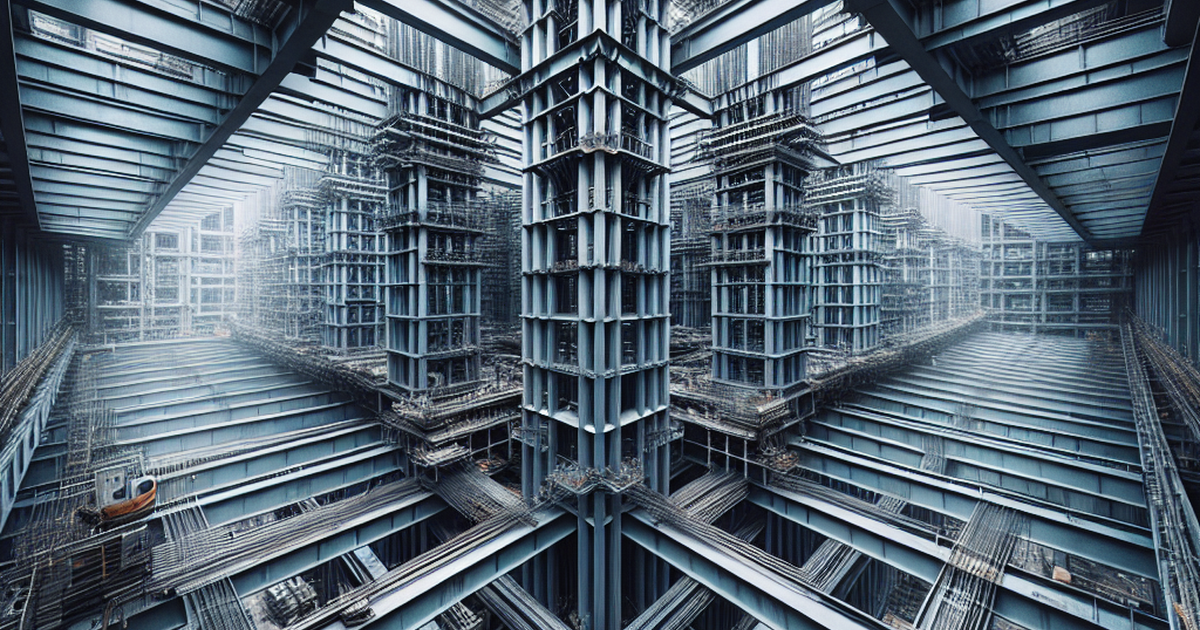Steel Solutions: The Backbone of Modern Civil Engineering Projects

Summary
Full Article
Steel has cemented its position as a cornerstone in civil engineering projects worldwide, thanks to its unparalleled strength, durability, and versatility. Its application spans from towering skyscrapers to expansive bridges, proving its indispensability in modern construction. The material's high strength and durability ensure structures can withstand significant pressure without compromising integrity, leading to long-term savings by minimizing repair needs. For those interested in exploring the variety of steel byproducts and their uses, www.nucorskyline.com offers a comprehensive look.
Beyond its physical attributes, steel's versatility in design liberates architects and engineers, enabling the realization of complex and innovative structures. This flexibility not only meets functional requirements but also allows for aesthetic creativity, making steel a preferred choice in projects ranging from bridges to high-rises. Additionally, steel's recyclability addresses growing sustainability concerns in the construction industry, offering an eco-friendly solution that reduces the carbon footprint through energy-efficient designs and processes.
While the initial cost of steel may be higher than other materials, its long-term cost efficiency is undeniable. The material's longevity reduces maintenance expenses, and its strength allows for the use of fewer materials. Pre-fabrication capabilities further decrease construction time and labor costs, making steel an attractive option for budget-conscious projects. Safety is another critical advantage, with steel's inherent fire resistance providing added protection against one of construction's most significant hazards.
Technological advancements have further enhanced steel's role in construction, introducing stronger, lighter varieties and corrosion-resistant coatings that extend the lifespan of structures, especially in harsh environments. These innovations ensure steel remains at the forefront of construction materials, capable of meeting the evolving demands of modern infrastructure projects.
Despite its many benefits, steel is not without challenges. Corrosion and weight are notable considerations, requiring protective measures and careful planning during the design phase. However, with ongoing advancements in technology and materials science, these challenges are increasingly manageable, ensuring steel's continued dominance in civil engineering.
As the construction industry evolves, steel solutions are poised to play an even more significant role, driven by their unmatched combination of strength, versatility, and sustainability. Engineers and architects leveraging these advantages can continue to push the boundaries of what's possible in construction, creating safer, more efficient, and innovative structures for the future.

This story is based on an article that was registered on the blockchain. The original source content used for this article is located at citybiz
Article Control ID: 95200